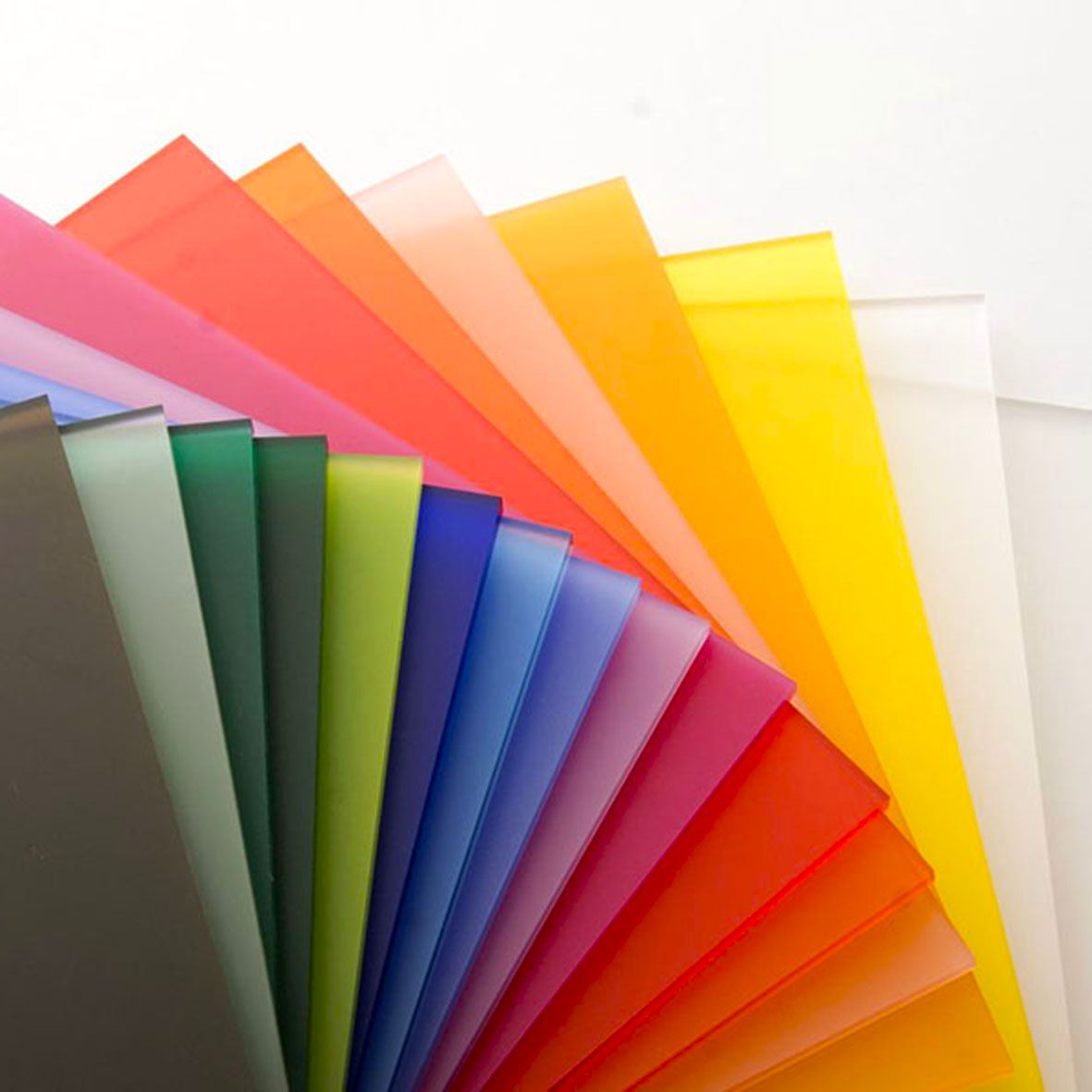
Whether you want to build a conservatory, add skylights to your attic, or look for the best material for a greenhouse, you’ll often have to choose between acrylic sheets and glass. You may have heard that acrylic, such as Perspex, is a better choice – but why? Let’s check the properties of Perspex: is Perspex stronger than glass?
What Is Perspex?
Perspex, Plexiglas, and acrylic are often used interchangeably when speaking about acrylic sheeting, but this use might create confusion. In a nutshell, Perspex is essentially acrylic, just as Plexiglas. In fact, Perspex is a brand of premium acrylic manufactured to the highest industry standards.
The product is available in cast and extruded sheets, in clear or coloured options, and in a variety of effects ranging from gloss to matt, frosted, and even fluorescent.
Perspex acrylic is extremely versatile and can replace glass in most applications. These include windows glazing, car windows, skylights, greenhouses, kitchen and bathroom splashbacks, etc. But is it stronger than glass?
Actually, yes. Perspex is about 20 times stronger than glass and a much better choice for most construction and design applications. What other properties does Perspex have? Let’s find it out.
Properties of Perspex vs. Glass
Lighter yet More Impact Resistant
Compared to glass, acrylic is lighter yet more resistant to impact. It is also more flexible, so a better choice for areas prone to heavy winds and adverse weather. Not only is this material more impact-resistant, but it also doesn’t shatter.
In fact, acrylic sheeting is more likely to flex rather than break when exposed to a high force, making the material ideal even for applications where human lives are at stake.
The only downside is that acrylic is more likely to scratch compared to mineral glass – although premium quality acrylic like Perspex has good resistance to scratches.
Lower Thermal Conductivity
Another key difference between Perspex and glass is the former’s lower thermal conductivity. In other words, acrylic provides better thermal insulation than glass.
This characteristic comes in handy when looking for the perfect material for a skylight, conservatory, or greenhouse. Whether in a greenhouse or living area, the use of Perspex may eliminate or lower the heating necessity in the colder months, helping you save on energy bills.
Better Optical Transmission
Another advantage of Perspex over glass is the better optical transmission of acrylic. Talking about numbers, mineral glass transmits about 80%-90% of light. Acrylic transmits about 92% of visible light and has no greenish hue to it.
This feature may not seem important if you’re looking for window glazing, but it could become relevant if you need a thicker glass – for making bulletproof windows, for instance.
Excellent UV Resistance
You may have heard that acrylic sheeting becomes yellow when exposed to sunlight. This might be true for low-quality acrylic. However, Perspex is practically immune to the action of UV light and even manages to block it better than glass.
This comes in handy especially for conservatories and greenhouses, preventing the harmful UV radiations from damaging your plants.
Leave a Reply